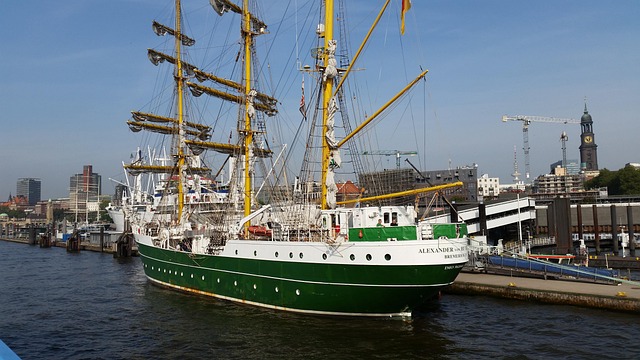Mining history shapes landscapes and communities, offering both challenges and opportunities in real estate. Former mining sites can be preserved as educational centers or cultural landmarks, attracting tourists and boosting local economies. Real estate developers and urban planners play a crucial role in transforming abandoned mines into dynamic, mixed-use spaces that blend modern needs with preserved history, creating vibrant neighborhoods and commercial hubs while honoring the region's past.
Discover how the rich mining history of many regions leaves lasting imprints on the landscape and, surprisingly, the real estate market. From abandoned mines to thriving urban centers, this article explores the transformation of former mining sites. We delve into the unique interplay between preserving historical sites, revitalizing urban areas through renewable developments, and uncovering the hidden value embedded in these locations, offering a fresh perspective for investors and developers alike in the ever-evolving world of real estate.
Uncovering Past Industries: Mining's Legacy in Real Estate

The history of mining leaves an indelible mark on landscapes and communities, often shaping the very ground we stand on today. When it comes to real estate, this legacy is both a challenge and an opportunity. Uncovering the past industries hidden beneath can provide unique insights into a location’s development and character.
In many areas, former mining sites have been repurposed and revitalized, transforming them into vibrant neighborhoods or commercial hubs. The remnants of these once-thriving industries—from old mine shafts to historic buildings—can add charm and character to a property, attracting buyers and tenants who appreciate the unique story they tell. Real estate developers and urban planners often play a crucial role in preserving this history while creating modern spaces, ensuring that the past industries’ legacy enhances rather than hinders contemporary living.
Historical Sites: Preserving Old Mines for Future Generations

The historic mines, once bustling with activity and filled with the clinking of picks and panning for ore, now stand as silent sentinels guarding the Earth’s hidden treasures. These old mining sites are not just remnants of the past; they are invaluable resources for understanding our industrial heritage and the stories of those who toiled beneath the surface. Preserving these historical locations is essential in real estate, as it allows future generations to connect with our history and learn from the challenges and innovations of yesteryear.
By converting these abandoned mines into educational centers or cultural landmarks, communities can attract tourists and foster a deeper appreciation for the region’s heritage. This conservation efforts not only safeguard the architectural integrity of the sites but also contribute to the local economy by creating unique attractions that resonate with both residents and visitors alike.
Urban Renewal: Transforming Abandoned Mines into Modern Spaces

Many abandoned mines, once symbols of industrial might, now stand as reminders of a bygone era. However, urban renewal initiatives have emerged as game-changers, transforming these historic sites into vibrant spaces that cater to modern needs. Real estate developers and urban planners are recognizing the potential of repurposing old mining areas, breathing new life into them and creating opportunities for communities.
Through creative design and sustainable practices, these former industrial sites are being converted into mixed-use developments, residential neighborhoods, and commercial hubs. The integration of green spaces, modern architecture, and cultural amenities not only revitalizes the area but also preserves a unique part of its history. This innovative approach to urban development showcases how abandoned mines can be reclaimed, offering a fresh perspective on space utilization while ensuring that the region’s past is honored.






